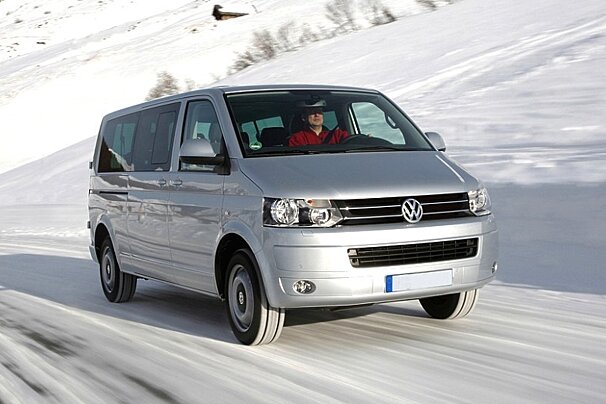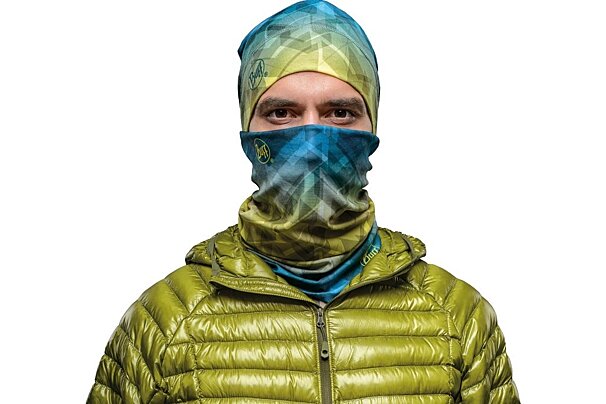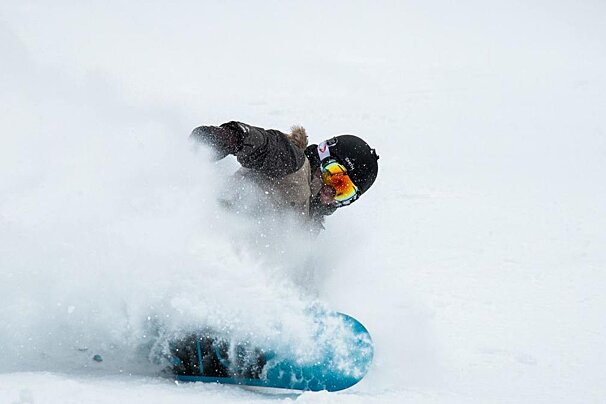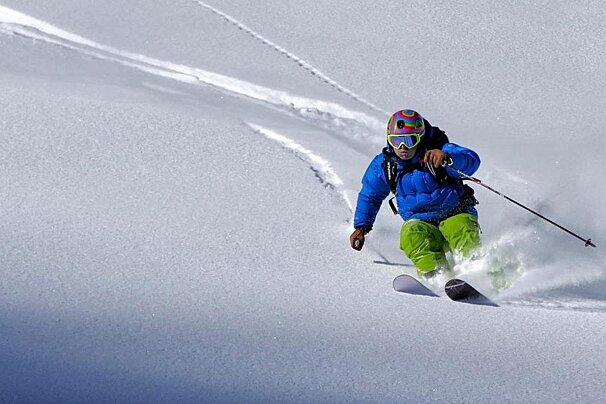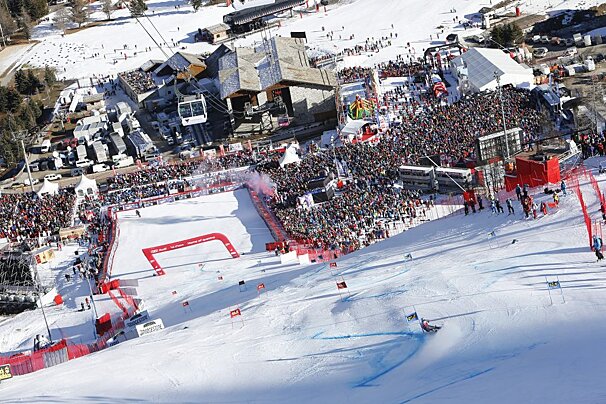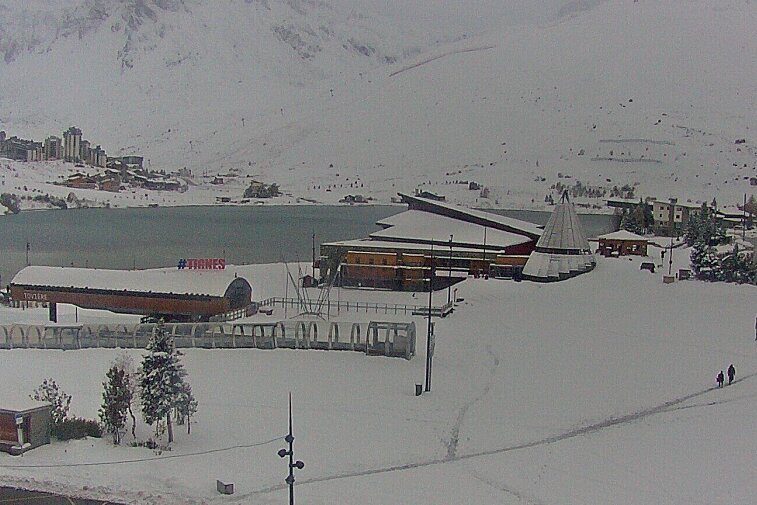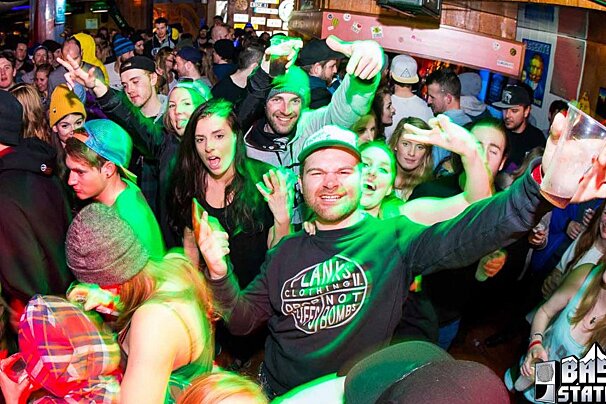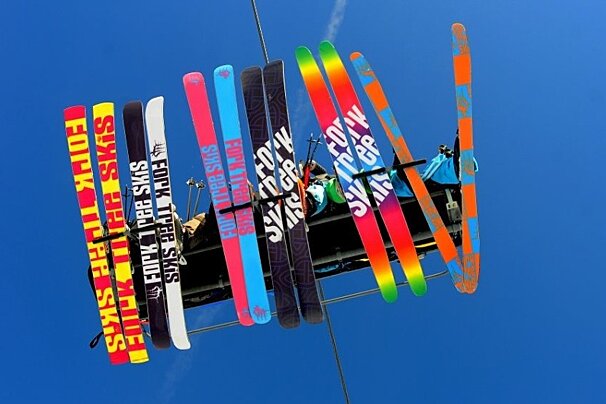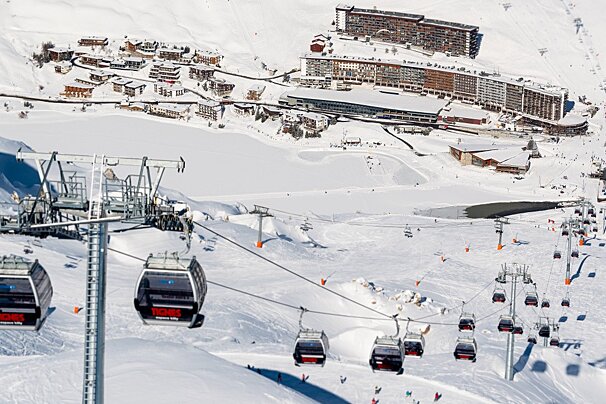
Cross-country Skiing in Tignes
Discover the top Tignes nordic skiing
The Espace Killy has a total of 44km of tracks for cross-country skiing, approximately half of which are in Tignes and most of the ski schools also offer instruction in this discipline.
Tignes
The cross-country circuits here are free to use and are shown on the piste map with their level gradings – green, blue, red or black. Most of them are situated at the foot of the ski area, on or around the lake.
Once you have grasped the essentials, head off into the beautiful and tranquil cross-country trails that meander through the Espace Killy. No lift pass is needed, so once you have bought or hired your equipment it's free to take part in, and you can be as energetic or slow as you like.
Val d'Isère
Val d'Isère also has its share of cross-country trails to be explored, such as:
- La Daille – to the left of the main road just past La Daille is an easy, green, 1.5km long trail
- Manchet Valley – there is a 1km track running from the Solaise cable car to the Clochetons restaurant (green) and then a further 3km to the Manchet old hamlet (blue), this trail is sunny in the morning and early afternoon. There is also a 6.5km long red run – Le Manchet
- Ouillette lake – at the top of the Solaise cable car, walk to the Madeleine chairlift and there is a 2km blue trail around the ‘Ouillette lake’ on the right hand side
- Le Fornet – from the Le Fornet cable car, there is a 5km blue trail out of Val d’Isère to the border of the Vanoise National Park
Jump to
Book a cross-country ski lesson

Whilst cross-country skiing appears to be just walking, which it is on the flat and even on the uphill sections, going downhill is trickier than it looks. A lesson will provide you with the basic knowledge and skills that will allow you to tackle uphill sections and more importantly come back downhill nice and safely. You will learn the basic descending style of one ski in the pre-formed track and one as a snowplough type brake. Once you’ve mastered this try and ski downhill in a snowplough type position.
Cross-country skiing

What to wear
Many cross-country skiers you see in resort wear clothing more along the lines of cycling apparel rather than that of normal alpine skiers. It gets very warm cross-country skiing, so wear layers that can be removed as necessary.
Take a rucksack for your clothing and supplies, and don't forget some snacks and plenty of water. The “camelbak” type hydration backpacks are great for cross-country skiing, room for your layers and a drink combined as well. They also mean you can grab a drink without having to take your rucksack off and when you are drinking regularly this really helps. You will need around one litre of liquid for a three to four hour ski session. You can burn in the region of 1,500 calories in a two hour cross-country session at fairly high intensity, so you will need to keep your energy levels up. Bananas are always a great snack when exercising, the slow release potassium really helps fight fatigue.
More fitted trousers will help with the technique of both classic and skating, less chaffing as your legs move. Helmets generally aren’t worn but you may want a bobble hat or headband to keep your ears warm. Remember it gets really warm going uphill and cooler going downhill. Gym or cycling base layers are great if you have them or something with a wicking layer. The wicking fabric helps remove the sweat from your torso and keep it in the material itself which helps keep you cool when climbing and also stops you getting cold when descending.
Classic or skating style
As a beginner go for classic style, where you generally keep your skis in a straight line and it’s more of a walking style, this is the basic style to initially master. Once you’ve mastered classic style you may decide this is for you and continue with your development of the technique. Alternatively, you may decide to take up skating style, this is the more advanced technique that you see the biathletes using. It’s more advanced and requires a more technical skill set.
Top tip: To begin with stick with classic and see how you get on.
Skis and poles
There are different skis for classic and skating, so make sure you get the right skis for the type of skiing you are going to do. The skis are longer than normal alpine skis, somewhere between 95% and 105% of your height, the poles are much longer too (between chest and shoulder height in relation to your body) for pushing uphill, so don’t be tempted to try and use your normal alpine ski poles.
Most cross-country skis are “wax-less” as the traction for going uphill is provided by a “fish scale” type grip pattern on the central section on the bottom of the ski. If your skis don’t have a “grippy” section on the bottom you will need to wax them for traction, then you need to get the right wax.
Soft wax = more grip uphill, but slower downhill. Hard wax = less grip uphill, but quicker downhill.
Top tip: To begin with get skis with a “grippy” section to eliminate the wax issue.
Boots
Make sure your boots fit well, nice and snug. Cross-country ski boots are more like a hiking boot, in many ways similar to a winter ankle style cycling boot. Ensure they fit well as you are basically walking and jogging in them whilst skiing for several hours a day.
Hiring equipment
You can hire cross-country ski equipment from a number of ski hire shops in resort. Check in the shops for current prices.
More inspiration...
Find the cross-country ski maps for Tignes.
Take a look at this year's ski lift pass prices and if you're not sure which one to buy, read our guide for more information.

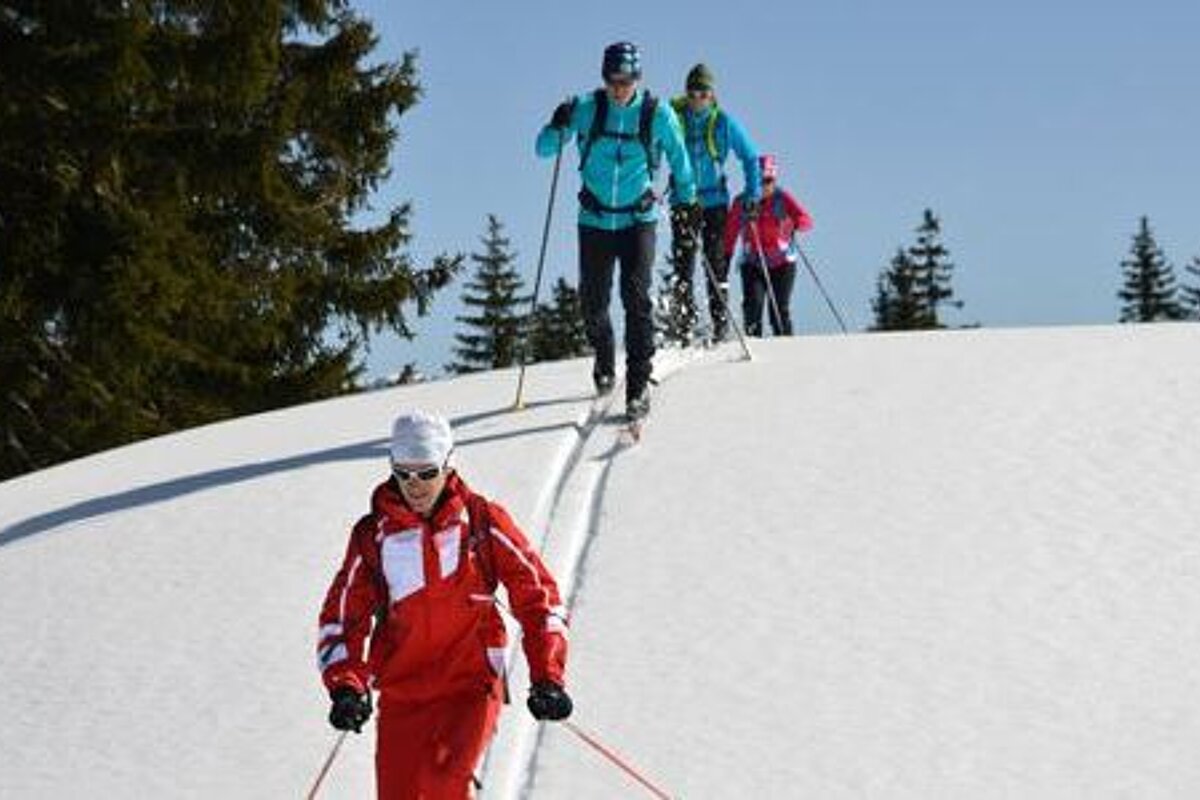
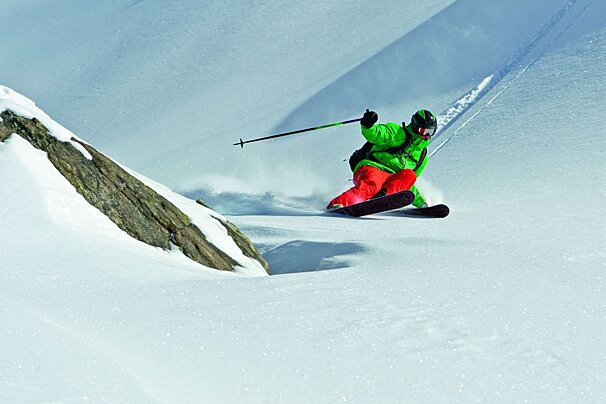
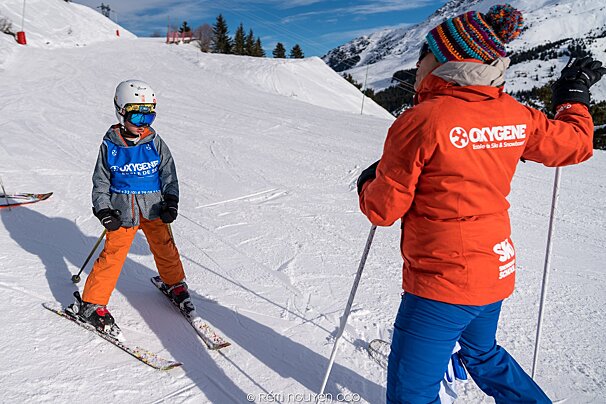
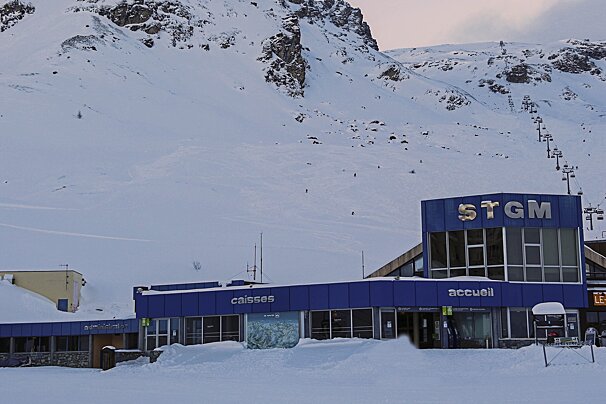
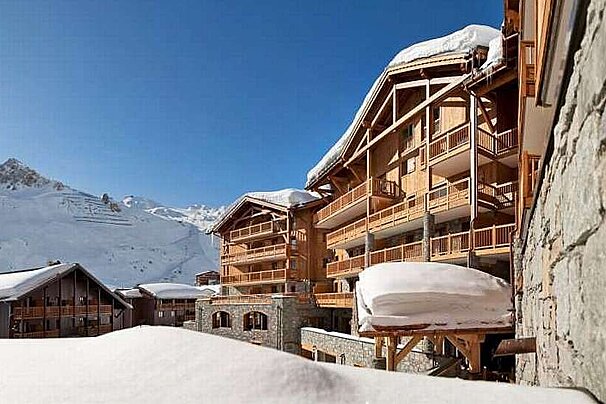
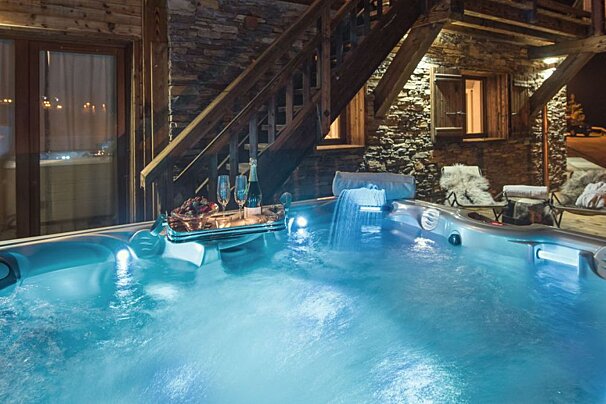
![a picture of a hotel suite at [itemref]](https://cdm0lfbn.cloudimg.io/v7/_images_base_/image_uploader/photos_e2/original/campanules-174-suite.jpg?ua=1761003477&p=listing_summary_middle)

